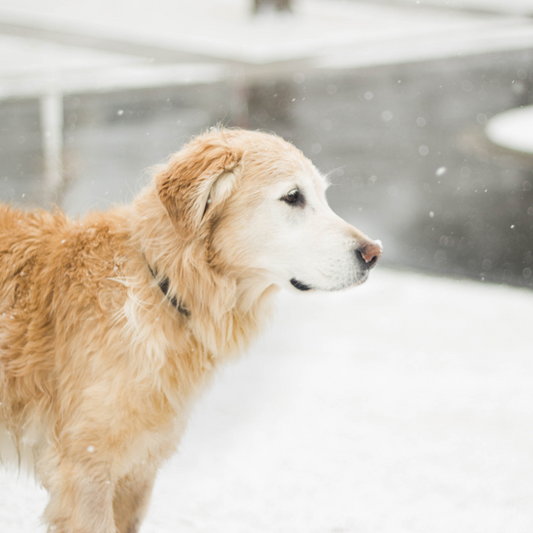Why is Pet-Proofing Important?
When you bring a new pet into your home, it's essential to create a safe environment for them. Pet-proofing your home not only protects your furry friend from potential hazards but also ensures their well-being. Here are some essential tips to help you create a pet-safe environment.
1. Secure Hazardous Items
Keep hazardous items out of your pet's reach. Store cleaning supplies, chemicals, medications, and toxic plants in locked cabinets or high shelves. This prevents accidental ingestion and potential poisoning.
2. Hide Electrical Cords
Pets, especially puppies and kittens, love to chew on things. To prevent electrical shocks or burns, secure or hide electrical cords. Use cord covers or tape them to baseboards to keep them out of your pet's reach.
3. Store Food Properly
Store pet food in airtight containers to prevent your furry friend from accessing it. Some human foods, like chocolate and grapes, are toxic to pets. Keep them securely stored in cabinets or high shelves.
4. Secure Waste Bins
Pets are notorious for rummaging through bins. Use pet-proof bins with secure lids or keep them in cabinets. Dispose of hazardous items like sharp objects, toxic substances, and small choking hazards properly.
5. Create a Designated Pet Area
Set up a designated area for your pet with their bed, toys, and water bowl. This helps them feel secure and prevents them from accessing restricted areas. Use baby gates or pet barriers to block off rooms or areas that are off-limits.
6. Check for Small Objects
Regularly inspect your home for small objects that could be a choking hazard. This includes small toys, buttons, coins, and jewelry. Keep these items out of your pet's reach to prevent accidental ingestion.
7. Secure Windows and Balconies
Ensure that windows and balconies are securely screened or closed to prevent your pet from falling or escaping. Cats are particularly prone to climbing and exploring high places, so take extra precautions.
8. Remove Toxic Plants
Some plants are toxic to pets if ingested. Research and remove any toxic plants from your home or place them in areas inaccessible to your pet. Opt for pet-friendly plants instead.
9. Keep Medications Secure
Store medications in closed cabinets or drawers. Even over-the-counter medications can be harmful to pets if ingested. If your pet requires medication, consult your veterinarian for proper storage and administration.
10. Provide Proper Supervision
Lastly, always supervise your pet, especially when they are exploring new areas of your home. This allows you to intervene if they encounter any potential hazards or engage in destructive behavior.
By following these essential tips, you can create a pet-safe environment in your home. Remember, prevention is key when it comes to pet-proofing. Your furry friend will thank you for providing a safe and secure space to thrive.




